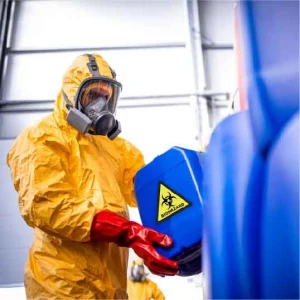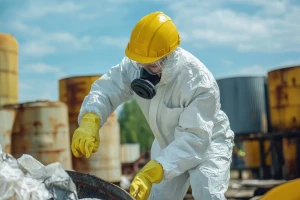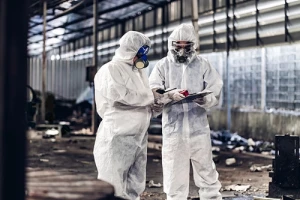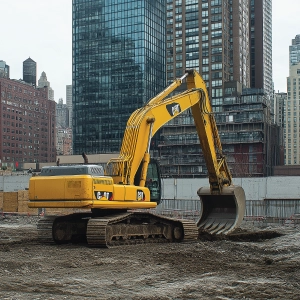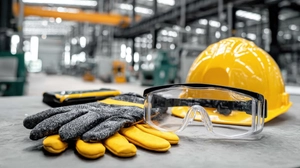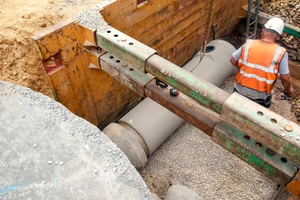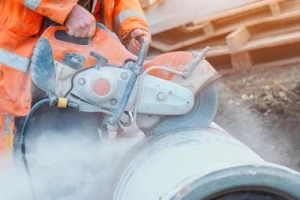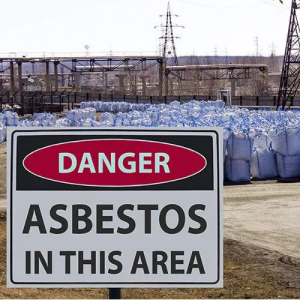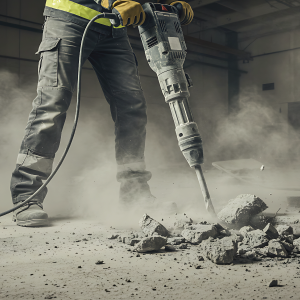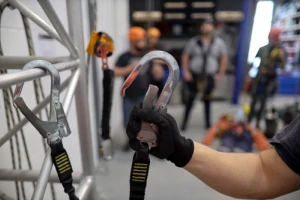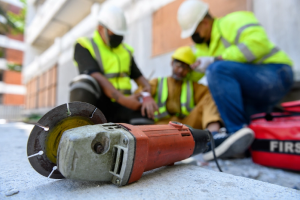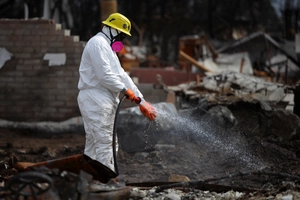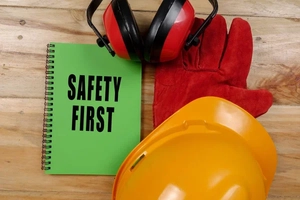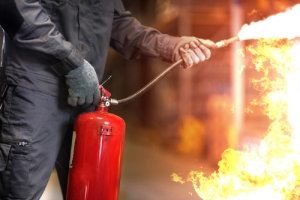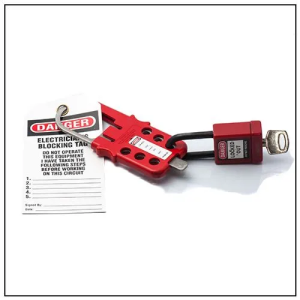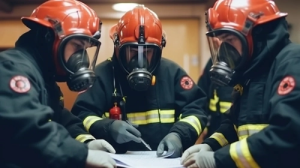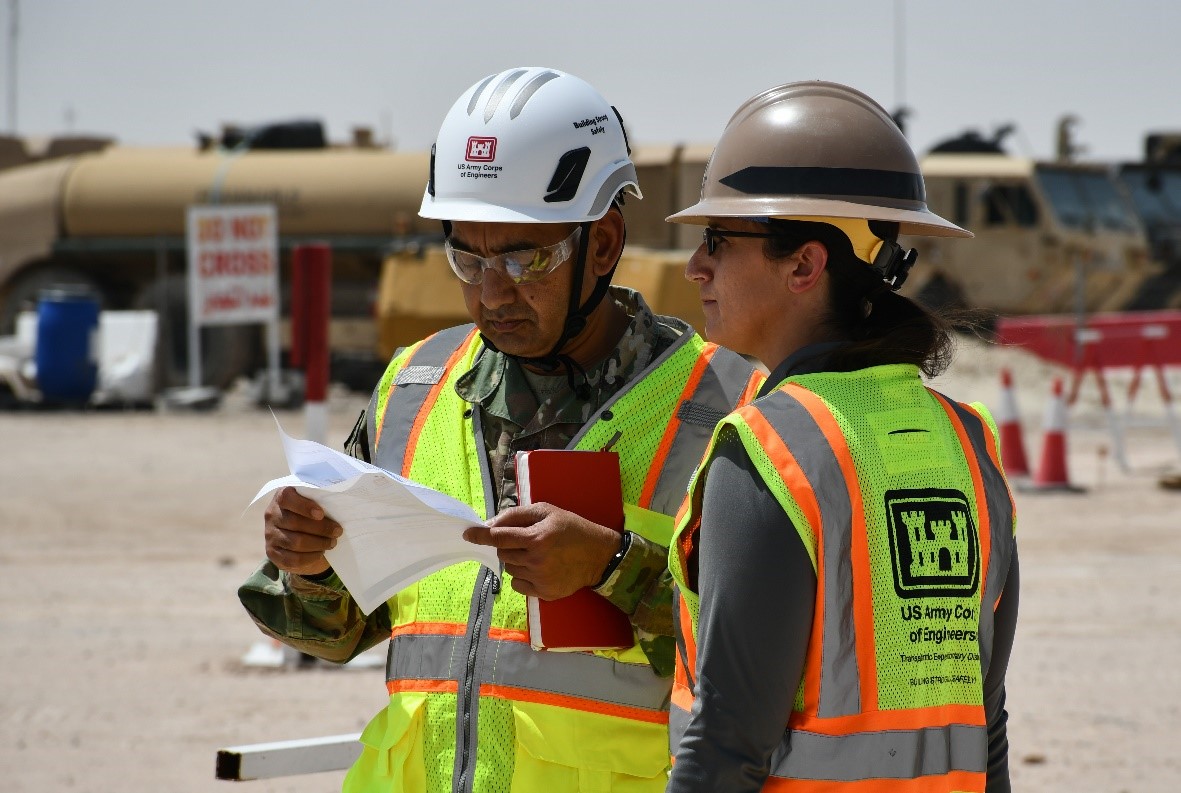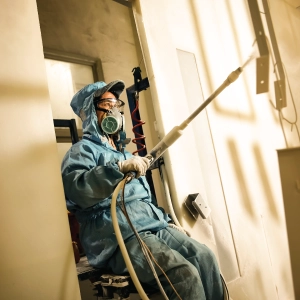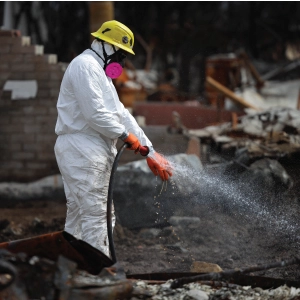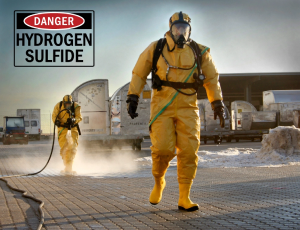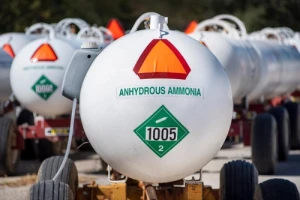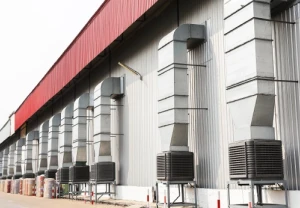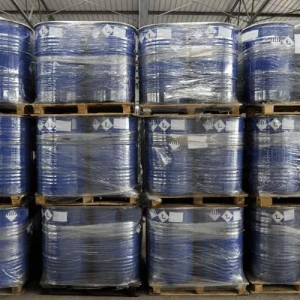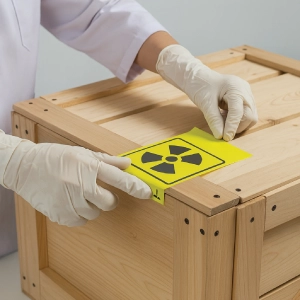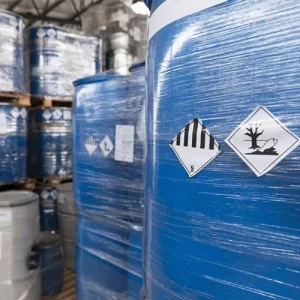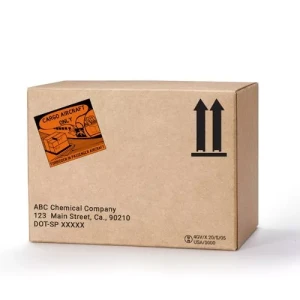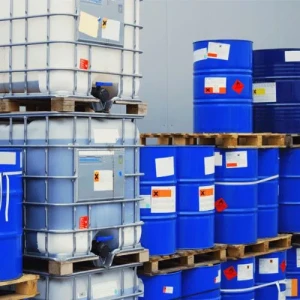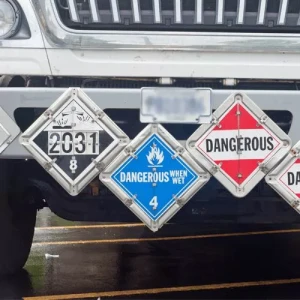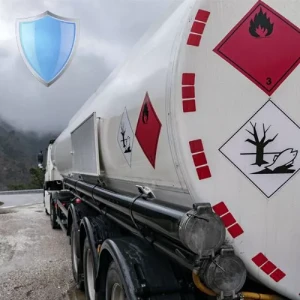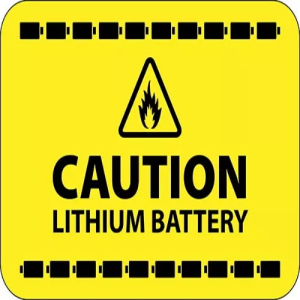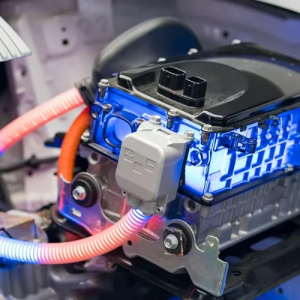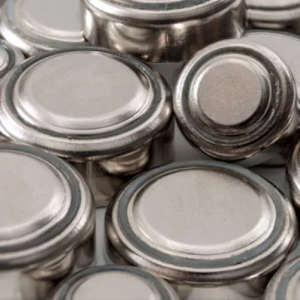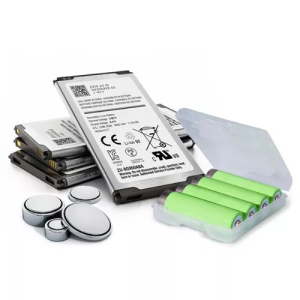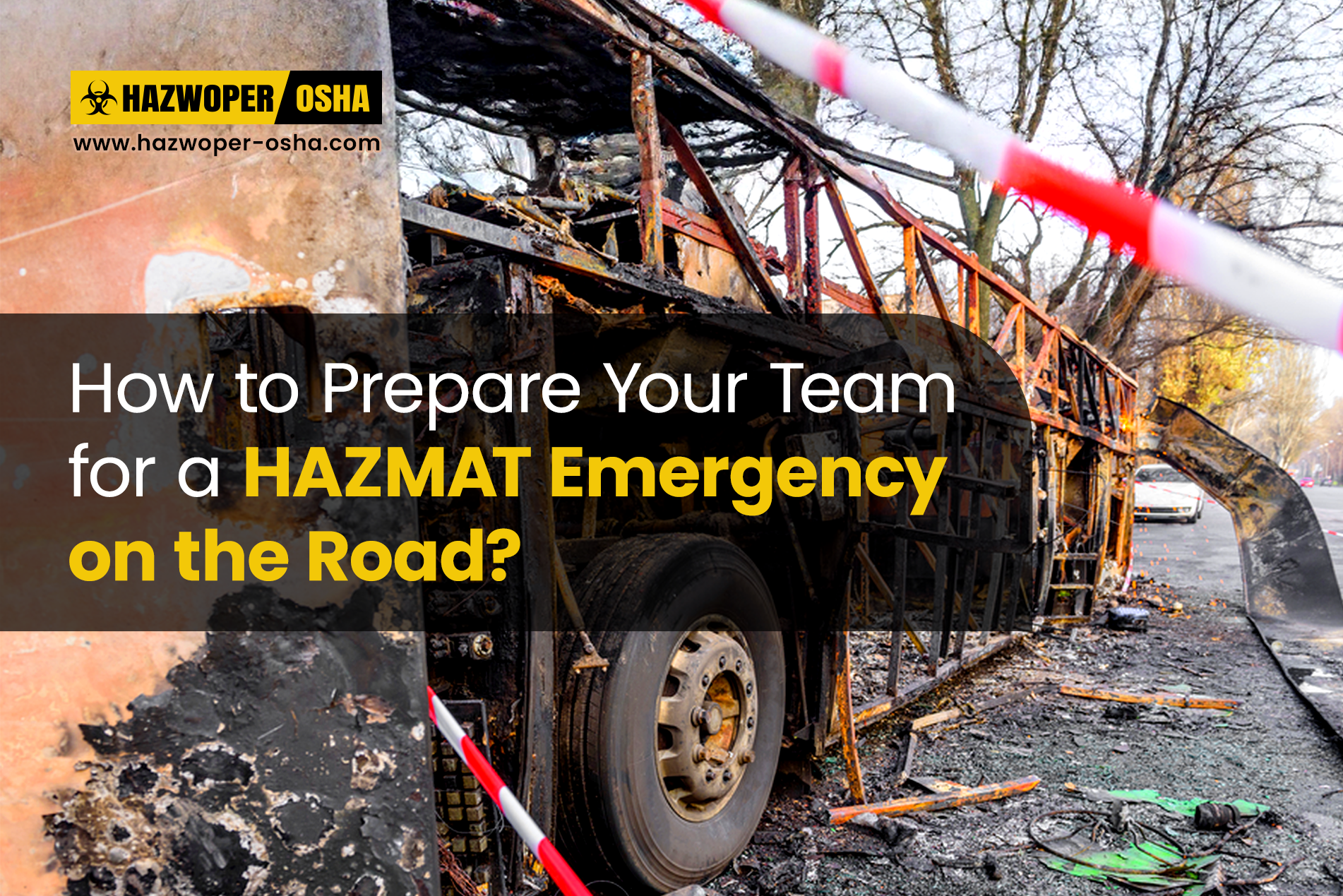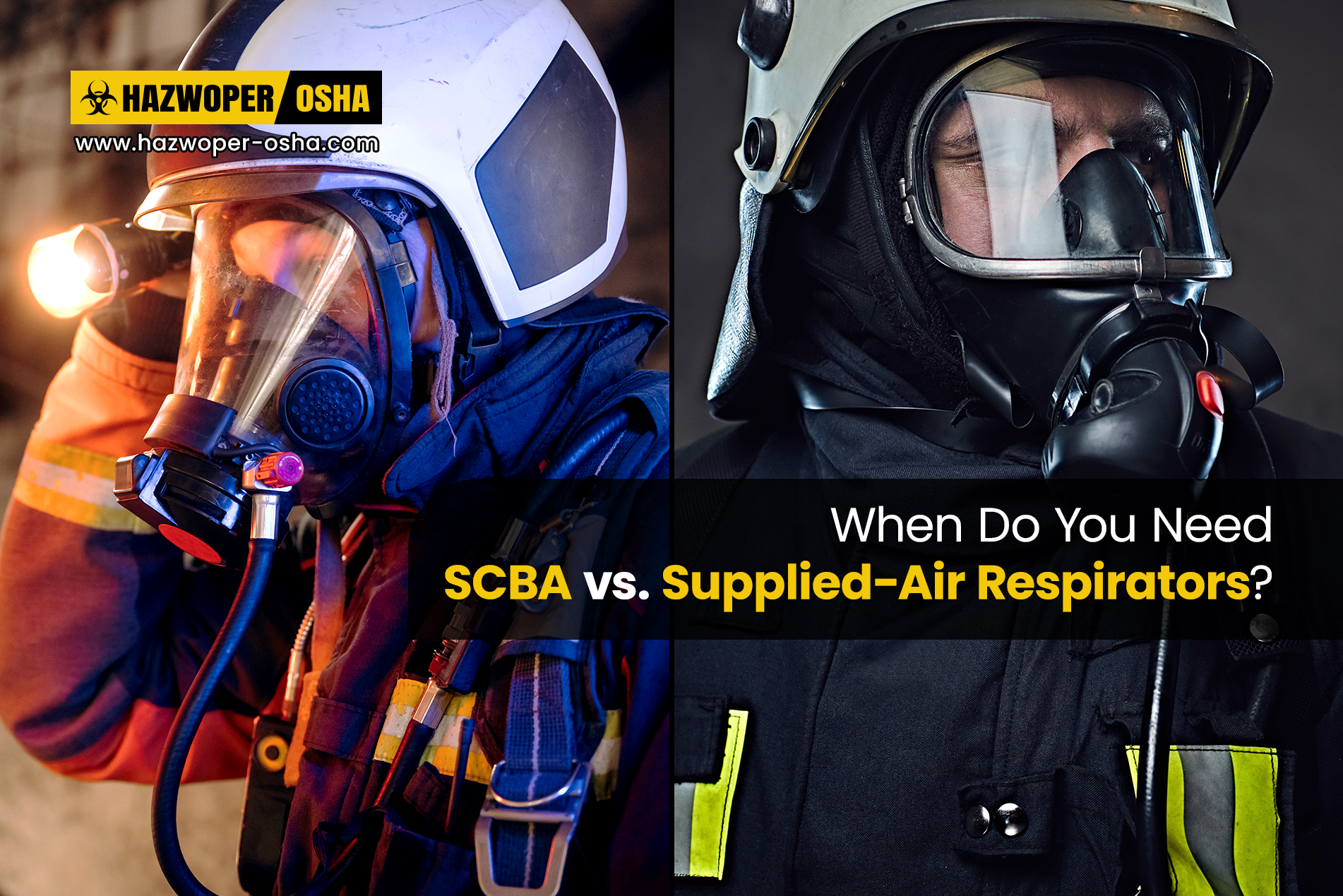What Are the Different Types of Safety Gloves and How Do You Choose the Right One?
.webp)
Introduction:
A worker's most frequently used and common tool is their hands. But each year, many industrial workers face hand injuries that could have been easily prevented. In 2024 alone, more than 22,000 hand-related workplace injuries were recorded. Hand injuries are a leading cause of medical expenses and absenteeism in sectors such as construction and manufacturing. In 2024, the global safety gloves market will exceed $8.7 billion and is expanding, so the choice of the right safety gloves is a must. The first line of defense against the hazards, including burns, cuts, abrasions, and chemical exposure, is the safety gloves, an essential part of a PPE kit. Therefore, if you have struggled with gloves that quickly tear, don't fit properly, or have a loose grip, then you are fighting a common issue. Wearing the wrong type of gloves, exposes workers to common issues, such as lack of gloves durability, reduced dexterity due to wrong size of gloves, and skin irritation from latex and other materials. With a number of designs & types of gloves available in the market, choosing the correct type of glove is a bit of a hassle for the employees. In this blog post, we will share information regarding the different types of safety gloves and how to choose the best pair of gloves that will save your hands, provide comfort and make you ready for work.
What are the Types of Safety Gloves for Workers?
Below is a worker-friendly breakdown of primary safety gloves, categorized by their protective features and materials:
Leather Gloves:
- These are made from tanned hides such as pigskin, cow, or goat hides.
- Leather gloves are best suited for abrasion resistance and heat protection.
- They are strong and flame-resistant naturally.
- Leather gloves are used commonly in the welding, construction, and heavy mechanical industries.
Over time, leather gloves become more comfortable as they soften, but they also lose dexterity.
Chemical-Resistant Gloves:
- These are derived from materials such as neoprene, butyl rubber, latex, PVC, and nitrile.
- These protect against chemicals, solvents, oils, and biohazards.
- Chemical-resistant gloves are mostly used in the labs, healthcare, chemical industries, and food processing industries.
- These are mostly Category 3 gloves that offer maximum protection against chemical risks.
Cut-Resistant Gloves:
- These are made from the high-strength materials including the HPPE, Kevlar, and chainmail.
- These are used for glasswork, metal handling, and in the manufacturing industry, where the chances of getting cuts are significant.
- The cut-resistant feature is merged with other features to offer additional protection.
Impact/Anti-Vibration Gloves:
- These are designed to lessen injuries, impact, and vibration fatigue caused by tools and heavy machinery.
- Anti-Vibration gloves have padded palms, knuckles, and silicone gel inserted within.
- They are mostly used in heavy equipment operations, construction industry and industrial assembly Work
Disposable / Light Duty / Coated Knit Gloves:
- These gloves are made from latex, nitrile, or vinyl materials and are designed to provide single-use protection against the light chemical exposure and contamination.
- Light-duty gloves offer basic protection against dirt and minor scrapes.
- Coated knit gloves contain a breathable knit fabric base that is coated with chemicals on areas like fingers or palms to enhance the grip, offer chemical protection, and reduce abrasions.
- light-duty gloves are mostly used in industries such as food processing, assembly, warehousing, and general maintenance.
The coated knit gloves and light-duty gloves are mostly paired together as they both help in performing tasks that need a balance between dexterity and moderate protection. But still there is a difference between their durability, materials, and particular applications. The industries such as the janitorial work, food processing, and healthcare mostly employ the light-duty disposable gloves, providing hygiene and easy short-term use. Contrary to this, the coated knit gloves are employed in industries including the warehousing, assembly, and general maintenance, where grip, repeated wear, and abrasion resistance are a must to have.
These are the primary glove categories used by industrial workers seeking proper hand protection. Each glove type addresses different hazards, and comfort needs, making it crucial to choose the right gloves for the job.
A Guide on How to Choose the Right Gloves for Your Job?
To choose the right safety gloves, workers need to first do a basic risk assessment. check what types of hazards you will encounter on your job site such as exposure to, chemicals, protruding sharp edges, exposure to heat or vibration.
Assess how often you will face risks and the type of grip you need to handle the materials and tools safely. Also consider the level of dexterity you will need, as some tasks require fine motor control. Each hazard requires a specific glove material and design to ensure maximum protection and efficiency. Here’s how to match the glove to the hazard:
- To tackle the hazard of cuts and punctures, cut-resistant gloves made of HIPPE or Kevlar are the best.
- For handling chemicals, gloves made from neoprene, nitrile, or latex should be used, depending upon the type of specific chemical.
- Heat or abrasion hazards can be tackled with the help of leather or specialized thermal gloves.
- To reduce the risks of vibrations or impact, padded or reinforced gloves can be used.
- For contamination control, light-duty or disposable gloves work well.
Besides hazard protection, also consider factors such as comfort and fit to ensure that gloves don't hinder the work. Choose the right size for a secure fit and opt for flexible materials to maintain dexterity. Always check the durability of the gloves so that they don't wear out quickly.
The last step is to verify gloves-related safety standards. In the US, ANSI/ISEA 105 outlines performance levels, while Europe follows EN 388 for mechanical risks and EN 374 for chemical and biological protection. These standards certify that the gloves meet certified protection levels against specific hazards.
What Are the Best Safety Gloves for Your Industry?
What Safety Gloves are Best for Your Industry? Not all safety gloves are designed equally, and the tasks you handle every day as well. To ensure safety and productivity, it is important to choose gloves that can match the specific hazards in your work environment. Below is a quick breakdown of the gloves based on their industry type. This table will help you choose the gloves depending on real-world use, protection provided, and comfort offered.
| Industry | Recommended Glove Type | Protection Level | Dexterity | Comfort | Durability | Resistance to Hazards |
| Construction | Leather or Kevlar-lined Coated Gloves | High (abrasion, cut) | Moderate | Moderate | High | Abrasion, Cuts |
| Warehousing / Logistics | Nitrile-coated Knit Gloves | Moderate (puncture, tear) | High | High | Moderate | Grip, Dexterity |
| Chemical Handling / Lab Work | Chemical-resistant Nitrile or Neoprene Gloves | High (chemical) | Low to Moderate | Moderate | High | Chemical Exposure |
| Metal Fabrication / Automotive | Cut-resistant and Impact Gloves | Very High (cut, impact) | Low to Moderate | Moderate | Very High | Cuts, Impact |
The right glove for your job is not only about the protection but about matching the glove to your job's specific requirements.
How to Maintain Your Gloves?
Safety gloves require proper care just like other PPE types. This is helpful in getting the most out of your investment in the gloves. Following are some practical maintenance tips for your gloves,
How to Clean Gloves According to their Types?
Leather Gloves:
- Wipe the gloves with a damp cloth to clean out dirt and debris.
- For deeper cleaning, use the saddle soap or leather cleaner.
- Always air dry and never on heat to reduce cracking.
Nitrile/Neoprene Gloves (Chemical-Resistant):
- Wash the gloves with mild soap and water after every use.
- Hand dry cuff-side up.
- Never use bleach and solvents that can degrade the material.
Cut-Resistant Gloves (Kevlar/HPPE):
- Check the label of the gloves and then machine wash them using mild detergent.
- Never use fabric softener as it wears out the fibers.
- Always air dry or use a tumble dryer on low heat.
Coated Knit Gloves (Best for Grip and Dexterity):
- Wash using cold water and air dry to keep the coating integrity well.
- Never use high heat and harsh chemicals.
Daily Inspection Checklist:
Before you put on your gloves every day, check for:
- Evident tears, worn out areas, and punctures.
- Cracks and peeled coating.
- Loose threads or fraying seams.
- Lingering chemical residues and weird odors especially in reusable gloves
How to Properly Store Gloves?
- Store the gloves in a cool and dry place away from direct heat and sunlight.
- Use ventilated containers to reduce moisture buildup and odor.
- Store Chemical gloves in a separate container to reduce cross-contamination.
- Dry the gloves before storing them
When to Buy New Gloves?
Replace your gloves immediately if you notice:
- Holes, thinning spots, or a loose grip.
- Exposure to major chemical spills or contamination.
- Gloves becoming sticky, stiff, or rigid.
- Disposable gloves should be discarded after every use.
Glove maintenance is as important as picking up the right pair. Major injuries related to gloves can be prevented with proper training on PPE usage, and regular glove maintenance.
Conclusion:
Regardless of your industry, be it chemical labs or construction sites, the most valuable tool you use is your hands, and the suitable pair of gloves acts as your first line of defense against hazards. Knowing each type of glove available, their ability to protect against job risks, and their maintenance tips can majorly reduce the chances of injuries and boost your day-to-day productivity. Regardless of your work with harsh chemicals, sharp metals, or heavy machinery, always choose a solution that is customized to your needs. Also, hand protection is not only about purchase. Gloves must be inspected, cleaned, and replaced regularly to keep them in top-notch condition.

 EN |
EN |  ES
ES